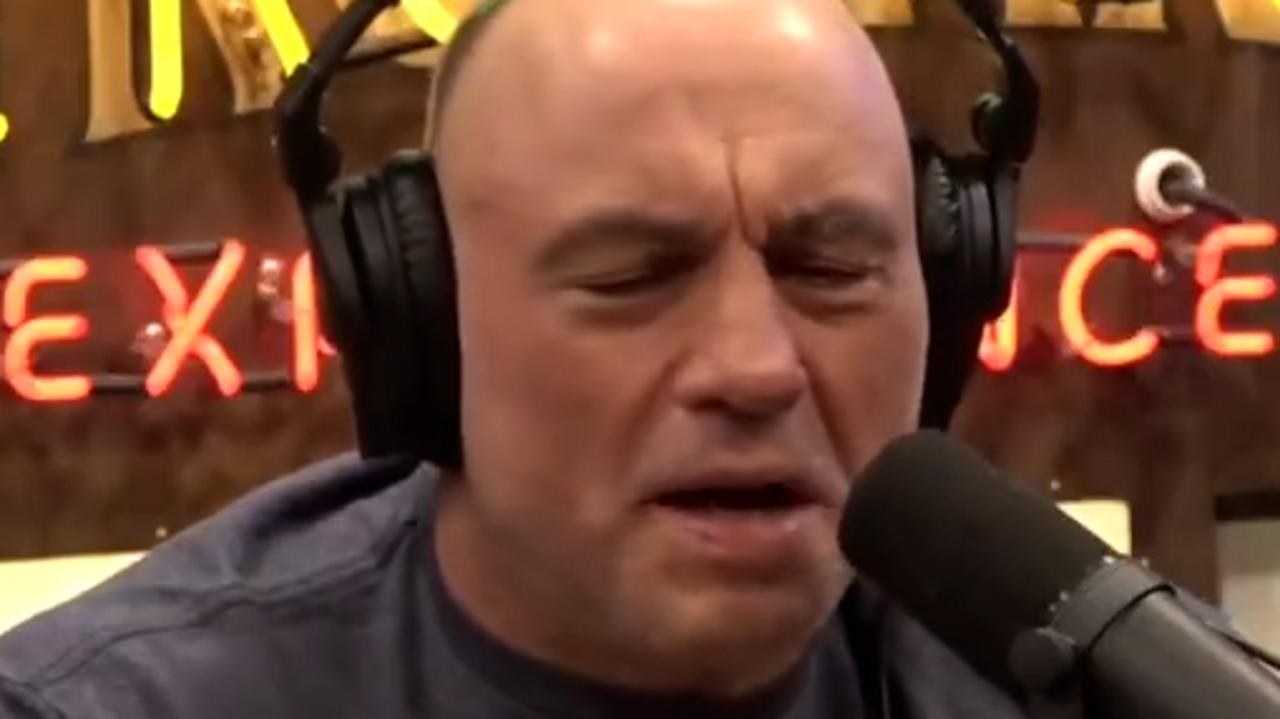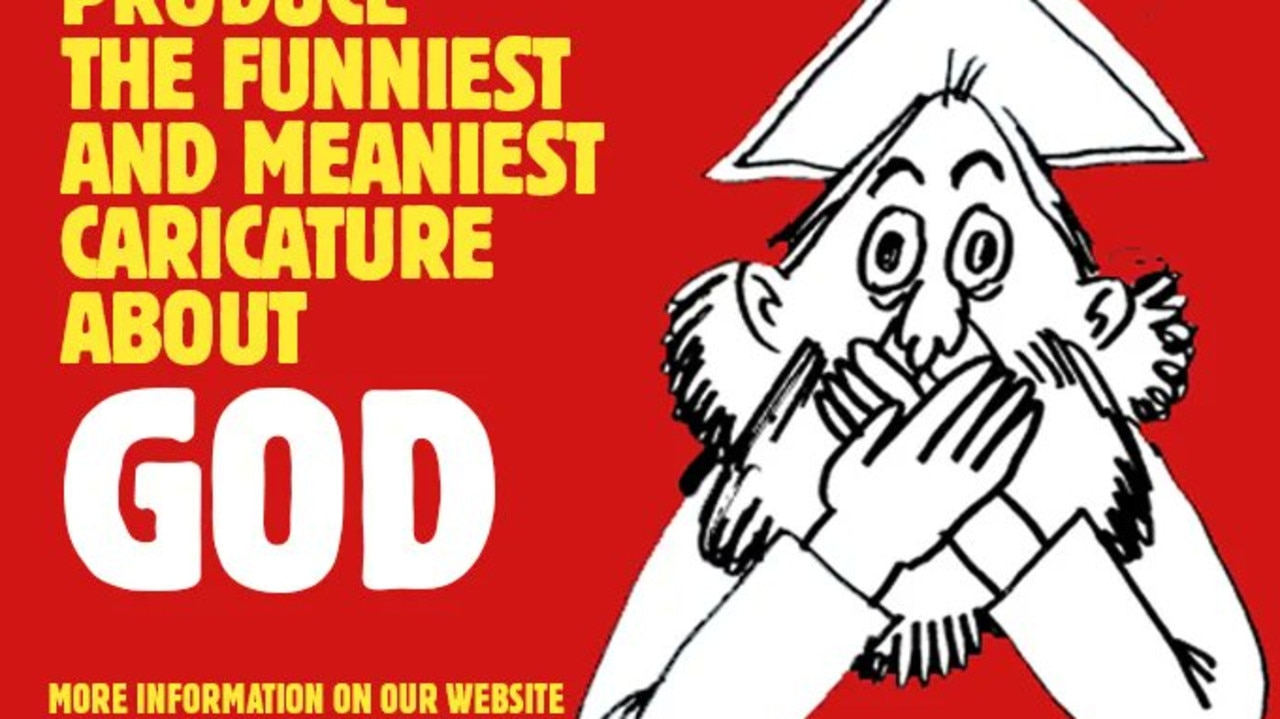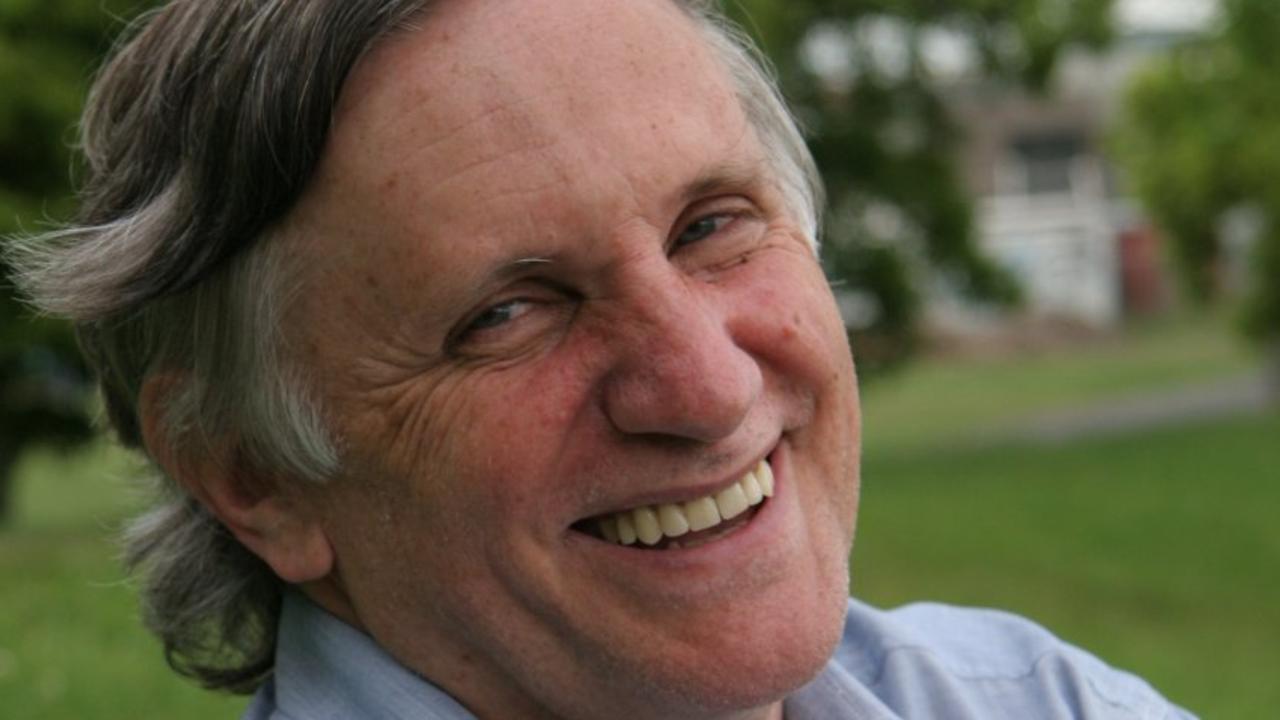What Australian TV will look like in 2016
TV HAS had a terrible year, with audiences splintering and viewing habits going out the window. So what can we expect on the box in 2016?
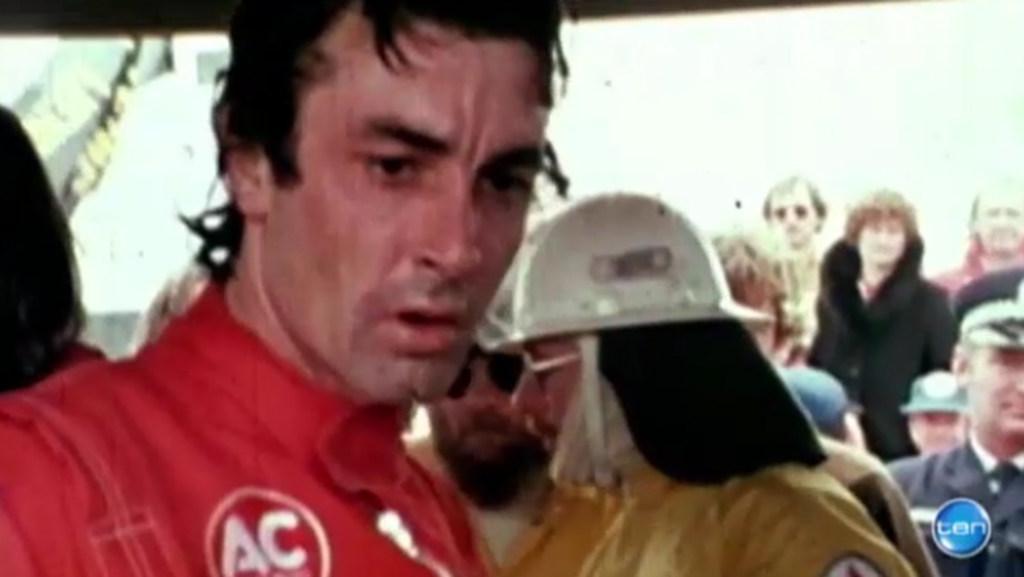
THINK back to the late ’90s. What were you doing on a Monday night?
If you were like some two million other Australians, you were probably glued to Friends, followed by some second-rate US sitcom and then Water Rats. On Tuesdays, you sat down to watch Blue Heelers on Seven or, if you were a bit younger, Dawson’s Creek on Ten.
There were five free-to-air channels and SBS used to (at least colloquially) stand for “soccer before sex”.
This thing we call the internet? Still a fledgling animal that made funny connection noises and tied up your phone line. Netflix hadn’t even started sending DVDs through the post and YouTube was years away from being founded above a pizza shop in California.
But TV in 2015? You wouldn’t have recognised it when you were following the will-they-won’t-they saga of Ross and Rachel.
Now people watch TV on screens as small as four inches and as large as 78 inches. There are 18 free-to-air channels (excluding the shopping and racing ones) and you can stream or download to your heart’s content from the likes of Netflix, Presto, Stan, iTunes or Dendy Direct.
You almost never see scripted content before 9pm on free-to-air TV and few are watching American or British shows when they are broadcast anymore. Australia is now so ravenous for food-related programming, there’s a whole channel (SBS Food) dedicated to it.
With the moving beast that is TV, you’d be forgiven for not knowing what you’ll be watching and how you’ll be watching it, so here’s what happened in 2015 and what you should expect for TV in 2016.
SWIMMING DOWNSTREAM
There’s no doubt that 2015 was the year of Netflix and subscription video on demand (SVOD). The American streaming juggernaut burst onto our shores in a spectacular fashion in March and by October had cemented itself in more than a million Australian households, totalling 2.67 million viewers, according to Roy Morgan data.

But where Netflix really changed the game was in persuading local audiences to pay for TV content. Australians have traditionally not been big believers in pay TV — Foxtel has always peaked about the 30 per cent penetration mark, compared to a market like the US where 88 per cent of households have had some form of pay TV.
Before Netflix’s official arrival, local broadcasters launched their own streaming services — Presto, a joint-venture from Seven and Foxtel, and Stan, a partnership between Nine and Fairfax.
Even though the two Australian streaming services launched first they couldn’t match the might of Netflix’s subscriber numbers. Fairfax disclosed at its annual general meeting in November that Stan had 450,000 sign-ups. Foxtel did not disclose Presto subscriber numbers but a Citi report released in August estimated Presto’s member base to be just under 200,000.
But because of the hype and free trial subscriptions around streaming in 2015, not to mention the marketing spend, media analyst Steve Allen expects streaming to be less of a big deal in 2016.
“I do believe those numbers are going to fall on actual subscribers, not just because of the trials ending but also because there’s just not enough fresh hours of television they’re bringing out to the marketplace,” he said.
Mr Allen said SVOD platforms took about 5 per cent of traditional TV audiences away from free-to-air this year but it will struggle to hang on to that next year.
Pay TV service Fetch TV’s boss, Scott Lorson, told news.com.au that he suspected the majority of the threat from streaming to free-to-air was behind us.
The challenge for streaming services is new content. Not just any new content, but shows that you can’t watch anywhere else. For Netflix, it’s spent the past three years investing heavily in original programming and has flagged that it will double that output next year.
Financial services company Morgan Stanley predicted Netflix would spend $3.45 billion ($US2.5 billion) on original programming in 2016, compared to HBO’s $2.48 billion ($US1.8 billion).
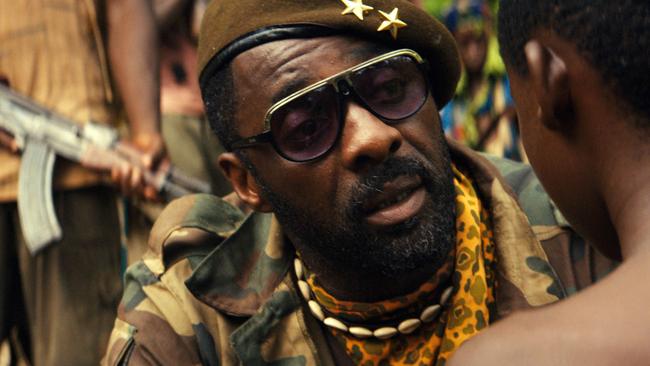
That investment has produced water-cooler shows such as House of Cards, Orange Is The New Black, Bloodline, Master of None and Jessica Jones. It’s even ventured into film production with Beast of No Nation. This content isn’t just talked about by audiences and admired by audiences, it’s also making a splash on the awards circuit.
New shows on Netflix in 2016 include Fuller House, Flaked, Stranger Things, Marseille and Black Mirror.
Presto and Stan have smaller budgets but have also started to invest in exclusive, original content. Presto recently released a Home and Away special fans of the long-running soapie could only view on its service, while Stan has a TV spin-off of Wolf Creek in the pipeline.
THE TANGLED LIVE TV WEB
One of the best recent developments is that free-to-air networks have had their hands untied by the government. They were given the go-ahead to screen their primary channels in high definition — a long overdue development given HD TV sets have been ubiquitous for years.
Nine launched its HD channel in November while Seven will do so before the AFL season kicks off in March. Ten confirmed it is working on giving viewers an HD primary channel but wouldn’t put a time frame on it, saying it was working through some technical and rights issues.
It’s been a hard year for traditional TV. Mr Allen said live TV lost about 10 per cent of its audience, with half of that going to streaming services and YouTube, and the commercial broadcasters would have their work cut out for them to wrest them back.
Mr Lorson said free-to-air networks would need to work together to convince advertisers they still possessed mass audiences.
“There’s no question the free-to-airs kicked an own-goal this year and next year I would expect them to be far more invested in the species than simply protecting their own herd. The FTAs have absorbed a further structural hit in 2015. Whether that becomes a trend or a one-off will depend on how well they hold onto aggregate audiences as an industry as opposed to channel audiences as individual companies,” he said.
Of the three commercial networks, Ten was the only one that grew its prime time audience with ratings successes such as new programs I’m A Celebrity, The Bachelorette and Gogglebox and existing franchises MasterChef and Have You Been Paying Attention?
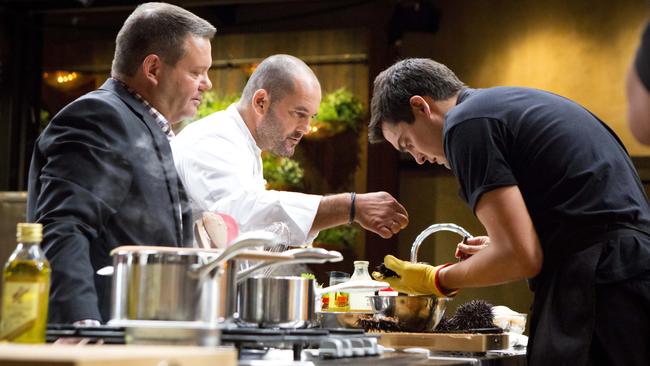
Ten’s primary channel saw an 8 per cent prime time audience surge. Outside of sport, Ten also had the highest rating program of the year, the MasterChef finale with 2.2 million metro viewers.
Looking ahead for 2016, it puts Ten in an enviable position. “Ten has more franchises it’s going to launch and it’s renewing all of the ones it launched last year so it’s in a good space,” Mr Allen said. “So to an extent, it will look largely the same next year.”
It was a different picture over at Seven and Nine in 2015, whose primary channels lost 10.5 per cent and 11.5 per cent of their prime time audience respectively. Even more worrying is that they lost 15.4 per cent and 18.3 per cent respectively of their prime time under-55 audience — the only demographic advertisers care about, which dictates the sort of programming that makes it, and stays, on air.
Mr Allen said because of the sheer volume and variety of content on offer, anyone who dropped the ball, as Seven and Nine did this year, would lose.
“The biggest driver [of that loss], and Seven and Nine really carried this, was the wall-to-wall — from one end of the year to the other — reality TV. Only 70 per cent of the audience wants to watch reality TV so what do the other 30 per cent do when they’ve got no choice at 7.30, and they don’t want to watch ABC or SBS? They’re forced out.
“But what I’m talking about is also the head-to-head clashes this past year of reality-on-reality and genre-on-genre, which was an incredible mistake.”
The most prominent examples of what Mr Allen mentioned were the direct battles Seven and Nine set up of Restaurant Revolution versus The Hot Plate and House Rules versus Reno Rumble.
In the case of Restaurant Revolution and The Hot Plate, the audiences dwindled and Restaurant Revolution served out the remainder of its season in two-hour blocks on Thursday nights to audiences that barely averaged 300,000 metro viewers.
The scheduling clashes infuriated viewers and the networks learnt their lessons, indicating that won’t be the case in 2016.
ON THE SCHEDULE
Seven and Nine have paid close attention to how well the dating genre has been working for Ten with The Bachelor and The Bachelorette. Seven will introduce First Dates and Kiss Bang Love, where 10 singles will be marched into a room with 15 potential mates and encouraged to smooch them. Over on Nine, Farmer Wants a Wife is back after a few years off air while Married At First Sight is getting a second go.
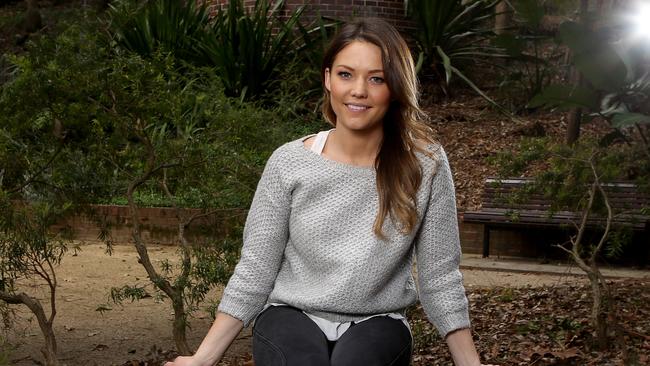
The other trend that will be turbocharged in 2016 is the miniseries biopic after the networks found success with Gina Rinehart, Princess Mary and Peter Allen stories. Next year will see drama series based on the lives of Peter Brock, Alan Bond, Molly Meldrum and Paul Hogan.
New programs that Ten will launch next year include Australian Survivor, Family Feud All-Stars, Long Lost Family hosted by Anh Do and Chrissie Swan and drama The Wrong Girl with Jessica Marais. Fan favourite Offspring will also be back after being rested in 2015.

Of course, for those viewers who don’t want to watch concocted rivalries on dating shows, cooking competitions or talent showdowns, there’s still the ABC, SBS and Foxtel.
Among the new highlights for the ABC will be a six-part series based off John Marsden’s popular Tomorrow, When The War Began books, a comedy showcase featuring pilots from local comedians with one of the pilots to be turned into a full series as voted on by the viewer, and dramas Barracuda and Cleverman.
New offerings from SBS include a comedy series, The Family Law, based on the writings of Benjamin Law, documentary Hanson: The Years That Shook Australia, Deep Water, a drama about gay hate crimes, and Inside Heston’s World.
Foxtel’s new programming include political thriller Secret City, starring Anna Torv, Alex Dimitriades, Jacki Weaver and Dan Wylie, as well as The Kettering Incident with Elizabeth Debicki and Matt Le Nevez. New lifestyle titles included I Own Australia’s Best Home, Deadline Design and Donna Hay: Basics to Brilliance.
LET’S HAVE A THREESOME
There’s a term being thrown around that’s supposed to encompass the future of TV: Triple-play. The three prongs refer to broadband internet, home phone and pay TV.
The idea is that telcos will lure customers into their universe and maximise profit from every single consumer. In the US, because of its high pay TV penetration rate, the triple-play model is already widespread with the likes of Comcast and Time-Warner dominating the landscape.
In Australia, Foxtel, which is half-owned by Telstra, has already thrown its hat in the ring while Optus and other ISPs including iiNet, Internode and Dodo offers Fetch TV in its triple-play package.
The potential game-changer for triple-play in 2016 will be the shifting of broadcast rights of the English Premier League from Foxtel to Optus. Optus has released no details on how it plans to distribute or broadcast the EPL games but one imagines it could involve some combination of Fetch TV and/or an app-based add-on subscription available to Optus customers.
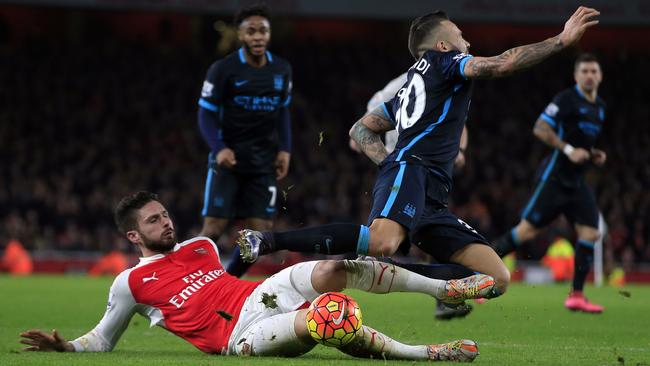
Optus’s successful bid for the EPL rights signals the telco’s strong intention to throw its weight and money behind a triple-play future. Especially now that Netflix has significantly shifted Australian consumer behaviour on paying for TV content.
Mr Lorson said: “2015 was the year of the SVOD player, characterised by a lot of players competing for growth on a small margin basis. The market is now transitioning to a focus on telco bundling where the margins are a lot larger, as are the stakes. Telcos are a logical winner in the next generation of entertainment services and ownership of iconic assets will become critical.
“As such, the telcos are best equipped to invest, grow and thrive in this new world and clearly have an appetite to subsidise entertainment to achieve bigger objectives.”
However, Mr Allen said the move by Optus and the EPL wasn’t necessarily in the best interest of football fans. He said it reminded him of the A-League’s original deal with Foxtel, that by fencing it off onto a smaller platform, it limited the accessibility and popularity of the game.
“It’s great to have [the EPL] exclusively but few customers are going to want to stay up until 2am to watch the game,” he said. “The rest of us want it on demand or be able to record and play it back. Optus doesn’t have that technology currently and it would cost a pretty penny to build. In which case, if it is building it, Optus will need more than just the EPL.
“The EPL doesn’t care about the ratings, they can just take the money and run. Most other sports aren’t that detached to audiences — no domestic sport can do a deal like this.
“Sure, when the NBN finally gets to your front door or your closest corner, all of these discussions will be much easier and we will see all sorts of entrants and some of them may very well own sporting rights.”
Foxtel is half-owned by News Corp, the publisher of news.com.au.


